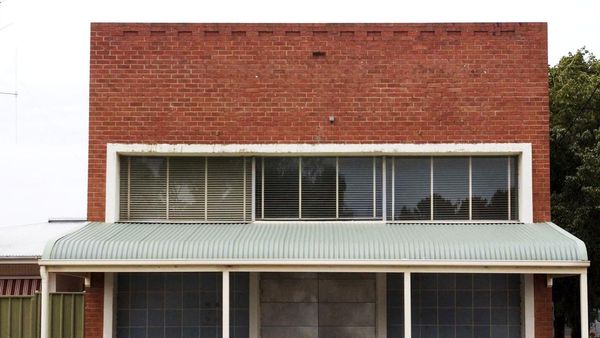
Land that could hold more than 10,000 homes across 22 sites in the northern rivers has been identified as part of a New South Wales government strategy to deal with the region’s housing crisis.
The draft northern rivers resilient lands strategy will be released on Friday, more than a year after floods devastated the region and left thousands of people displaced. Many are still unable to return home.
The strategy contains plans for “immediate on-ground investigations” at 15 sites across the region, with the goal to provide homes for about 7,800 residents from the areas most affected by the 2022 disasters.
A further seven sites have been flagged for medium- to long-term development to support “longer-term community resilience”.
While the document does not commit to a timeframe, MPs and mayors have been told the goal would be to see most of the initial plots of land developed by the end of next year.
The strategy said the Northern Rivers Reconstruction Corporation would now start detailed investigations and feasibility studies for each of the first 15 sites.
The NRRC will look at the types of homes needed in each area, and how to provide housing diversity, including meeting the needs of renters, workers such as teachers and nurses, and social housing.
Six of the sites to be developed in the short term are in the Lismore region, with a further four slated for work later on.
The report found about 600 homes were destroyed or severely damaged in the Lismore local government area and proposed that about 2,620 homes could be built in the area at the near-term sites.
Byron, Ballina and Tweed shires have been tipped for two developments in the immediate term, with one site each identified in the Richmond Valley, the Clarence Valley and Kyogle.
Relevant local and state politicians were briefed on the strategy on Thursday by the head of the NRRC, David Witherdin, before its public release.
While there is widespread agreement that the area needs more homes, some have said the plan lacks critical detail and claimed there has so far been insufficient consultation with the affected communities.
A mayor who spoke to Guardian Australia on condition of anonymity said they believed the government was being “very optimistic” with its goals, calling the lack of detail so far provided to councils and the community “really crap”.
Another was more positive, saying they were excited by the development possibilities for the region and wanted to ensure that everything was done quickly.
The MP for Ballina, Tamara Smith, called on the government to release better maps that provide more detail.
“How can we as a community make informed submissions about what will be huge new residential developments when we don’t actually know where they are?” she said.
“Our community deserves utter transparency and I am disappointed that we are not getting more information in order to make meaningful submissions to the draft.”
The land identified in the document – a combination of private property, crown land and council-identified plots – was reviewed by a panel of experts, according to the government.
The scheme is part of the NRRC’s $100m resilient lands program. The money will be used to support feasibility studies, build critical infrastructure and acquire land, rather than build homes – which the government says would be too costly and see only about 300 properties built.
An NRRC spokesperson said community feedback would be an important part of the process that sought to provide relief to those affected by the floods, as well as longer-term housing issues.
“The resilient land program has been designed to complement, not replace, business-as-usual land release and housing development in the region,” the spokesperson said. “Action will continue to be needed to address these complex housing issues.”
The state’s auditor general released a report on Thursday that found the government in 2021-22 spent $1.4bn from a budget of $1.9bn in response to natural disasters. A further $1.1bn was then spent in the second half of 2022.
The report also found 36 councils did not identify climate change or natural disasters as a strategic risk, despite 22 of them having at least one natural disaster in 2021-22.







